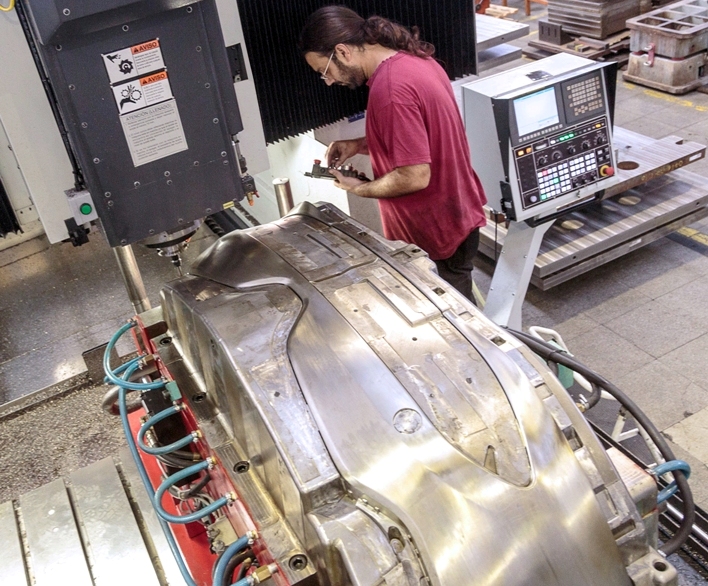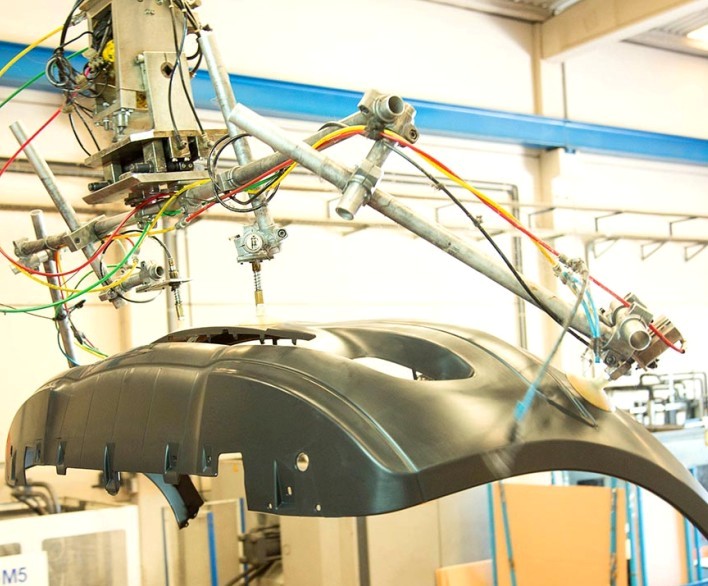INDEPENDENT MANUFACTURER OF BODYWORK PARTS OF THE SAME QUALITY AS THE ORIGINAL
Sign in to your private area
Remember password
I don't have account
Online Shop
Download our catalog
One of the main factors that makes us the leaders in the sector is our quality policy, which aims to get products that match the top standards worldwide. To do so, it is essential to have a team of world-class professionals trained at the best schools and with a proactive attitude that help us achieve both our goals and our clients’ goals. View Quality Policy
PHIRA’s Quality Management System is based on the requirements of the ISO 9001/2015 norm. View certificate
At Phira we want the parts we produce to be at least as high quality as the manufacturer’s. The mould design determines the following aspects:
• Parts supplied under the same reference (mouldings, covers, reinforcements, etc.)
• Interconnection with the other vehicle components
• Appearance of the assembled part
• Assembly time



Thanks to our high-quality mould design and production, we avoid the following problems in origin:
• Adaptability and appearance: excessive assembly and times. Openings that are too big or small. Improper alignment with the other vehicle components. Distorted style lines.
• Components: Low-quality products are characterised by the integration of the components in the bumper, yielding just a single mould.
The consequences of using a bumper made from a single mould may be:
1. The obligation to change the entire bumper every time instead of only replacing the affected component, such as the mouldings.
2. Appearance of cosmetic flaws (dents, joints, etc.)
3. Difficulty and higher expense of the painting process
4. Weakening of the piece in the crash test
The key to getting a high-quality product is using the right raw materials. At Phira, we use propylene developed specifically to manufacture bumpers (the same kind used by the manufacturers of the original equipment) which satisfactorily pass all the tests performed by CZ to certify our products.

The use of Phira raw materials helps avoid the following problems.
• Breakage of attachment components (supports, ties)
• Failure of the crash test
• Inability to withstand low temperatures and solar ageing
• Colour different to the original part (in cases when it is not primed).
• Remains of silicon mould releases which make it difficult for the priming and later the finishing paint to adhere.
The result of injection is determined by the quality of the equipment and the transformation process itself. In the case of equipment, everything related to the mould influences the piece’s finish, from the steel used to its mechanical design to its adjustment, polishing, standard procedures, etc.
Regarding the transformation, the cleaning of the shaft, the temperature of the material, the production cycle and the compacting are all factors that we monitor directly in order to determine the end appearance of the part.
Phira’s technical department supervises the construction of the equipment as well as the subsequent transformation of the parts, and our suppliers are carefully chosen and trained by our own technicians in order to guarantee the maximum production quality.



Phira injected moulds help prevent the following problems:
Due to the design of the mould:
• Marks of rails (wrong-sized moulds without pressing)
• Incorrect partition lines (poorly adjusted mould)
• Jagged edges and covered holes (steel that is too soft)
Due to the transformation: The excessive reduction of compacting time in order to improve the production cycle and lower the consumption of raw materials can lead to:
• Dents (especially on the ends)
• Lack of material in weak areas
• Weight lower than the original
At Phira we prime the pieces with the utmost quality thanks to our rigorous supervision of the following processes and productions:
• Flaming: The application of heat on the surface of the piece changes its molecular structure, opens the pores and ensures the proper adherence of the priming of the piece.
• Bicomponent factor: This provides adequate resistance to the solvents used to clean the piece as well as proper adherence between the priming and the finishing paint
• Priming Thickness: The priming layer has to be thick enough to withstand the preparatory filing done in the workshop.



Phira’s priming helps prevent the following risks:
• Lack of adherence of the finishing paint.
• Low resistance to cleaning with solvents.
• Appearance of unprimed areas when filing the piece because of deficient priming thickness.